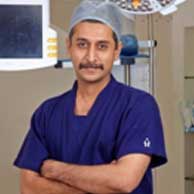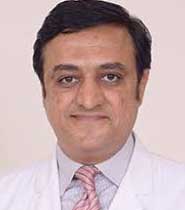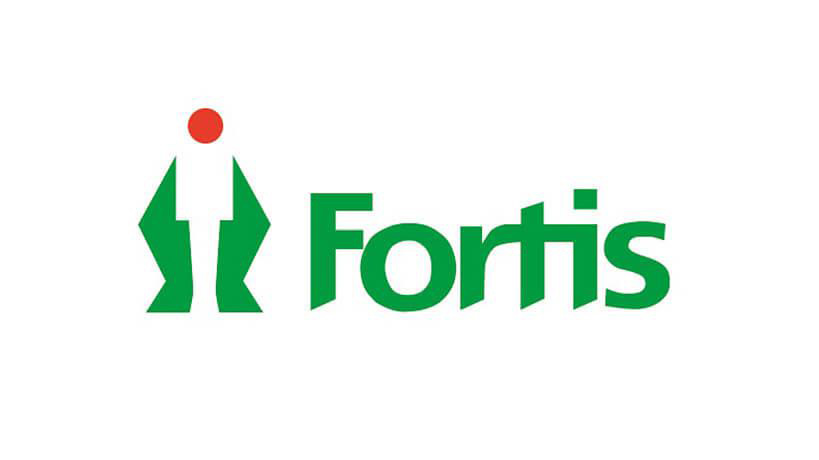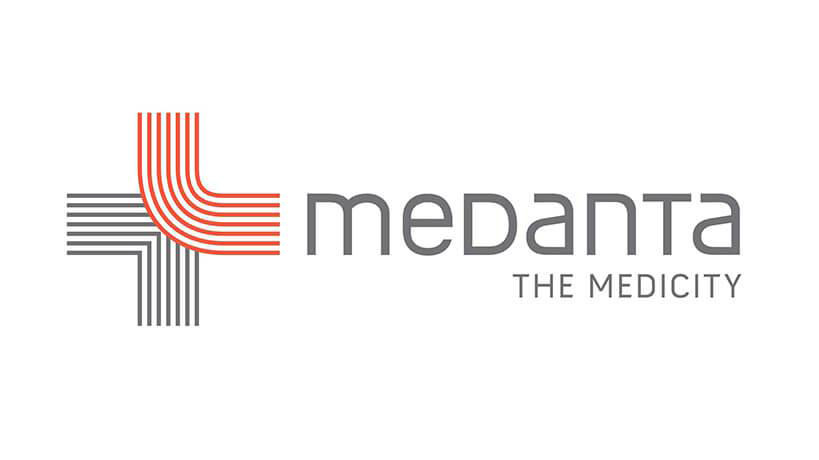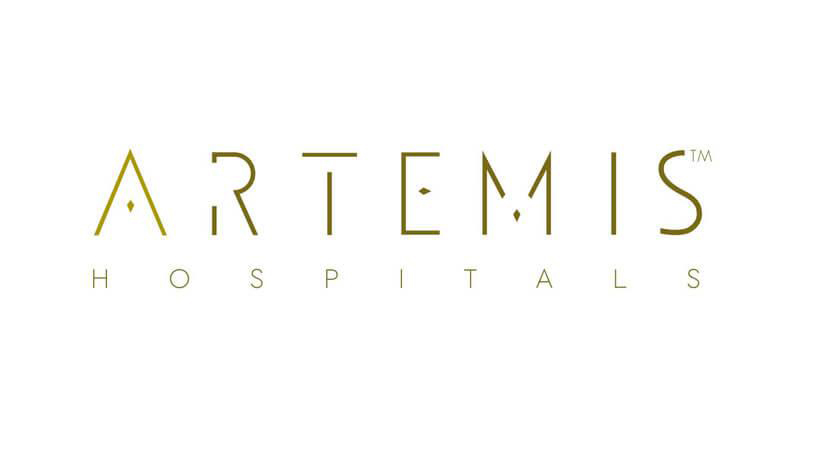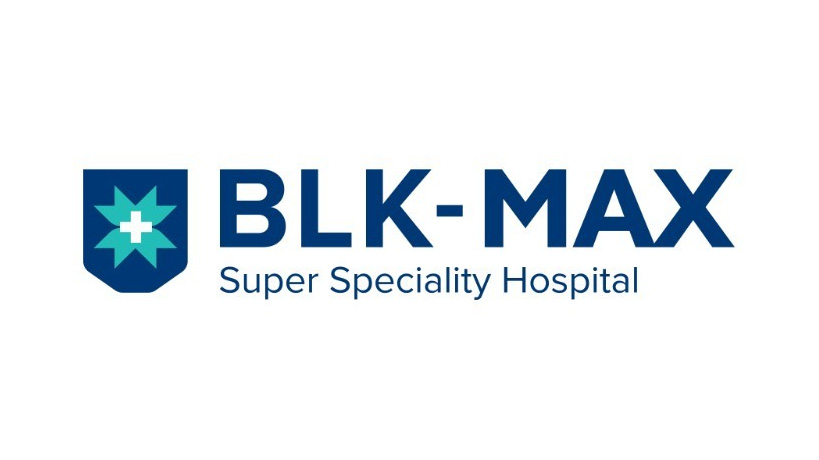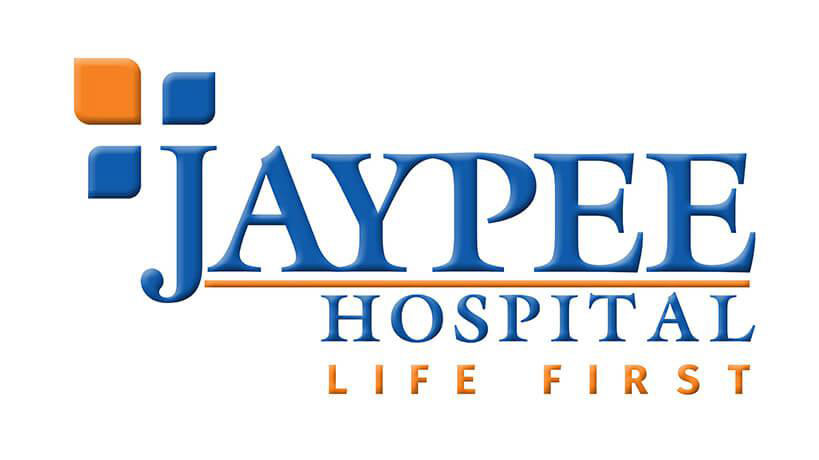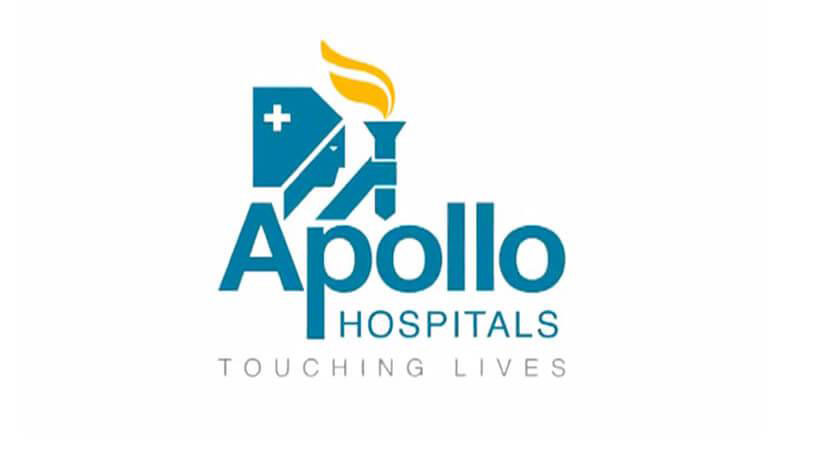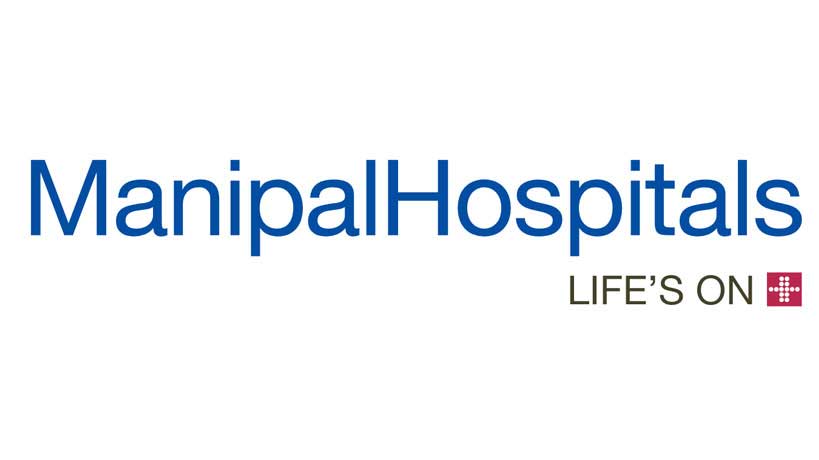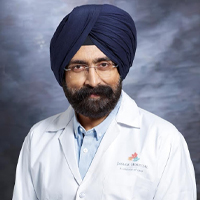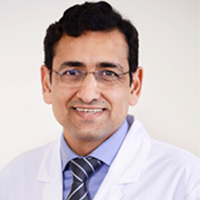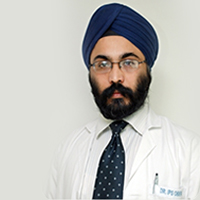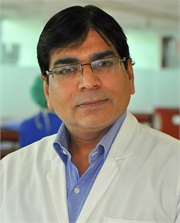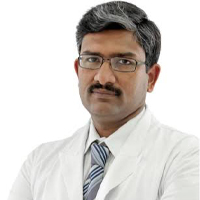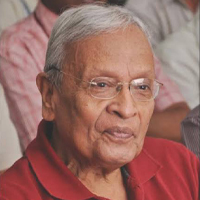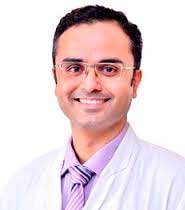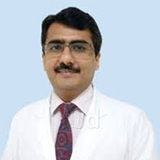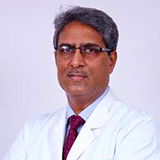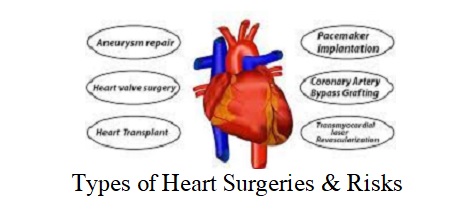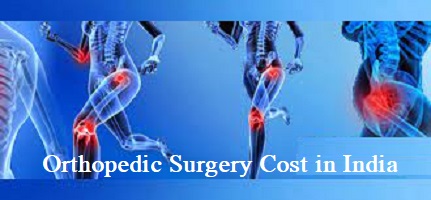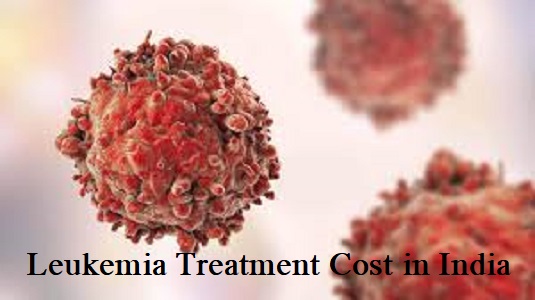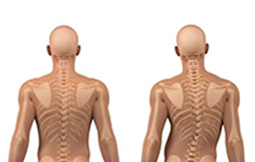
Get Free Treatment Plan From Top Hospital
Attach Medical Report
Scoliosis- Surgery, Treatment, Cost, Symptoms, Causes, Diagnosis & Recovery
The Scoliosis treatment changes depend on the curve and size. Mild curves in children do not require regular treatment, but the children should undergo frequent checkups to monitor the curve changes.
If the curve gets big or moderate, general treatments such as surgery and bracing are required. The children considered for scoliosis include the Sex factor. Females are at a higher risk of developing compared to boys. The curves in large sizes tend to get worse with the age of the children. The risk of developing a curve decreases when the child reaches complete bone growth. So, children of growing age can benefit more from braces. The maturity of the bones can be easily checked by hand X-rays.
Scoliosis Overview
Scoliosis is a curvature of the spine that is usually diagnosed in young people. Although the cause of scoliosis in children is often unknown, people with conditions such as cerebral palsy and muscular dystrophy may develop scoliosis.
Most cases of scoliosis are mild, but some scoliosis gets worse as children get older in age. Severe scoliosis can cause disability. A certain curvature of the spine can reduce the space in the chest and cause the lungs to work improperly.
Children with mild scoliosis are in close watch (usually with X-rays) to see if the curvature is getting deteriorating. In most cases, no treatment is required. Some children require wearing a corset to prevent the curvature from getting worse. Others may need surgery to correct more critical curvatures.
Scoliosis Types
Scoliosis can be broad of seven types
Congenital scoliosis
This abnormal curvature develops in new born babies or infants. The curve in these babies bends the spinal column into an S or C shape on either the right or left side. The curve in children develops before the child’s birth and in the developing stages.
Early-onset scoliosis
Children before the age of 10, usually have this condition. Scoliosis in children is differentiated from the age of children over or under age 10. As the children above age 10, will already have complete spinal growth, and the children below will still be developing. It can affect children below 10, more than older age children leading to malformed ribs and improper development of lungs.
Adolescent idiopathic scoliosis
It is a scoliosis type which affects children in the age group of 10-18. Adolescent scoliosis barely has any pain or problems related to nerves and visually portray quite a normal appearance from the side. However, once the symptoms start developing the child might experience a leaning torso, a hump in the ribcage or an unbalanced shoulder.
Degenerative scoliosis
The de novo scoliosis or scoliosis occurs in mostly older adults. In this type, the adults may be at risk as this condition erupts due to arthritis that usually progresses in the spine. The treatment of degenerative scoliosis can vary from each patient method can either be outpatient treatment or surgery to eradicate the spinal pain at the back?
Neuromuscular scoliosis
It is a type of scoliosis wherein spinal cord disorders, muscular system disorders, and brain disorders generate irregular spine curvature. A few conditions that influence this type of scoliosis are spinal muscular atrophy, Duchenne muscular dystrophy, cerebral palsy, myelodysplasia and Freidrich ataxia.
Scheuermann’s kyphosis
Scheuermann’s kyphosis is a condition wherein the upper back side of the person grows. The patients having the condition develop a round back as a hunch.
Syndromic scoliosis
The types of scoliosis that incites due to several disorders of connective tissue and certain syndromes such as Beale’s syndrome, Rett’s syndrome, osteochondrodystrophy, etc.
Scoliosis Symptoms
Common symptoms of scoliosis include:
- Uneven shoulders: One shoulder appears higher than the other.
- Uneven waistline: The waistline may appear uneven, or one hip may be higher in comparison to the other.
- Uneven ribcage: The ribs may stick out more on one side of the body.
- Uneven appearance of the back: The spine may appear curved or twisted, creating an S or C shape.
- Tilting of the head: The head may tilt to one side.
- Back pain or discomfort: Some individuals with scoliosis experience back pain, particularly during physical activity or after prolonged periods of sitting or standing.
- Changes in gait or posture: Scoliosis can affect the way an individual walks or stands, leading to an altered posture.
- Breathing difficulties: In more severe cases, scoliosis can affect the position and function of the lungs, leading to difficulty breathing.
It is important to note that scoliosis symptoms can vary in severity and may be more noticeable in some individuals than others. It is advisable to speak with a healthcare provider for a precise diagnosis and suitable treatment choices if you believe you or someone you know may have scoliosis.
Scoliosis treatment
In most cases, scoliosis in children and adolescents is mild and does not require treatment. With a curve of 10 to 25 degrees, a doctor will have checkups with the person at 03, 06, or 12-month intervals to check whether the condition is growing.
Bracing is recommendable by doctors for patients who get a curve of 25 to 40 degrees. If the curve degree is larger, than this and the bone is still immature, your doctor may recommend surgery.
Doctors consider the following when deciding on a treatment plan:
- Gender: Women are more likely than men to have scoliosis, which can be more severe.
- Severity of the curve: The type and size of the curve affect its development. However, patients having idiopathic scoliosis, usually get an S-shape curve, while patients having neuromuscular scoliosis usually get a C-shape curve.
- Inclined position: The curves in the middle of the spine cause more pain than curves in the lower or upper part.
- Bone maturity: If the bones in a person stop growing, the worsening risk is low. Braces are more effective while the bone is still growing.
Casting
With scoliosis in infants, doctors will use a cast instead of braces to help the child’s spine fit into place. The plaster is steady on the outside of the child’s body, and they have to wear it all the time till the doctor suggests. Because most children grow fast, doctors need to change the cast regularly.
Bracing
If a person has moderate scoliosis and the bones are still growing, the doctor will recommend a brace. The brace will prevent further curvature but lacks the potential to cure or reverse scoliosis.
Most patients should always wear the corset, even at night. The effectiveness of a brace is highly dependent o the hours in a day wherein the person puts it on.
A tie usually does not limit what a person can do. If they wish to involve themselves in physical activity, they may have to remove or take the brace off their body.
When the bones stop growing, a brace is no longer necessary.
There are two types of braces:
Thoracolumbosacral orthosis (TLSO)
The TLSO is plastic, and its design means it follows the curves in the body uniformly. Usually these are invisible under clothing.
Milwaukee brace
This brace covers the complete torso of the person and has a ring neck at the back for the headrest and in front for the chin rest. Physicians recommend the Milwaukee belt when the TLSO is unsuitable or unavailable.
Chiropractic treatment
Some people see a chiropractor to relieve the pain and discomfort of scoliosis. Chiropractors help in guiding the spine along with providing alternative treatments. They maintain that realigning the spine will promote healing and well-being.
Chiropractic treatment can be useful in improving the life quality of the person having scoliosis. However, it is not a medical treatment as it does not address the curvature of the spine. Research has not proven chiropractic benefits for scoliosis.
People who want to go to the doctor should take care to choose a doctor who specializes in the treatment of scoliosis. Receiving chiropractic care from a layperson can worsen symptoms.
Exercises
Various exercises can help treat scoliosis, and experts recommend a wide variety of techniques. However, they all want to restore the spine, ribcage, shoulders and pelvis to maintain good posture.
As the growing evidence suggests the exercises provide the required help in treating scoliosis. In severe cases, the scoliosis may progress over time. In certain situations, a doctor might advise spinal fusion. This procedure helps the spine’s curvature to decrease, and scoliosis refrains from worsening.
A portion of the spine is maintained to be straight while the bone heals using metal rods, hooks, screws, or wires. The doctors may use bone grafts that can help in the bone healing process.
Children can resume their school routine after 4–6 weeks and can take part in sports after between 3 and 6 months. They should avoid sports and activities that jar the back, such as horse riding and contact sports, for at least an year. In a few cases, they may need to wear a back brace for about 06 months to support the spine.
Doctors only recommend spinal taps if they feel the benefits outweigh the risks. The risks include:
- Rod Removal: The rod can be removed from its correct position, requiring additional surgery.
- Pseudarthrosis: This is when the bones in the spine do not fuse. It can be painful, leading to rod failure as any metal can tend to fail if continuously has exposure to stress.
- Infection: Antibiotics can treat post-surgery infections.
- Nerve damage: Damage can occur to the nerves of the spine, causing issues that range from moderate, such as leg numbness, to severe, such as a loss of lower body function.
Scoliosis is treatable under the three tested methods which include observing, bracing, exercising, cercisare and surgery. Depending on your child’s physical growth and the severity of the scoliosis, your doctor may advise one of these surgeries. These characteristics indicate how scoliosis will act as the child grows and as an adult.
Depending on the extent of the curvature and the patient’s age, there are several scoliosis treatment options. Here are some typical medical options:
- Observation: If the curvature is moderate, doctors may decide to observe the development of scoliosis passively on a regular basis.
- Bracing: To stop the curvature from advancing further in cases with moderate scoliosis, doctors may advise wearing a brace. The brace can assist in the maintenance of the spine throughout growth and is normally worn for several hours each day.
- Physical therapy and exercises: Physical therapy and particular exercises can help with flexibility, posture, and the muscles that support the spine.
- Chiropractic care: To relieve pain and improve scoliosis-related problems, chiropractors employ manual adjustments and manipulations. Although it might not change the curvature, it can ease pain and increase mobility.
- Surgery:To rectify the curvature in severe cases of scoliosis, surgery may be necessary. The most frequent surgical method to straighten the spine is spinal fusion, in which the vertebrae are fused together using metal rods, hooks, screws, or wires. It maintains spinal stability and stops the progression of curvature.
The best course of treatment should be chosen depending on the individual’s unique circumstances and age in consultation with a medical specialist in scoliosis.
Scoliosis treatment Risk and Complications
Scoliosis is a condition brought on by an abnormal spine curvature. Although the precise aetiology of scoliosis is still unknown, researchers think that a mix of hereditary and environmental factors may be to blame.
The following are some risk factors linked to a higher chance of getting scoliosis:
- Age: Scoliosis typically appears between the ages of 10 and 15 during the growth spurt soon before puberty. But anyone, at any age, can experience it.
- Gender: Girls are more likely than boys to acquire scoliosis. While the exact cause of this divergence is unknown, it is thought that hormonal thoughts can also influence it.
- Family history: As scoliosis typically runs in families, there is a familial inclination for the state. Scoliosis risk is enhanced if a close relative, such as a parent or sibling, already has the disorder.
- Other medical conditions: Scoliosis can be accompanied more likely by a number of illnesses, with muscular dystrophy, cerebral palsy, and connective tissue abnormalities.
- Growth anomalies: Scoliosis may be more likely to grow in some children with atypical growth patterns, such as uneven leg lengths or unable growth rates in the arms.
- Neuromuscular disorders: Scoliosis can be exacerbated by abnormalities that mark the muscles and nerves. Scoliosis may result from illnesses such as spinal cord injury or spinal muscular atrophy.
- Congenital scoliosis: This condition reasons a curvature of the spine that is present at birth. Scoliosis can grow for a number of reasons, including the parent’s home environment or the pregnant woman can experience or experiences.
According to studies, twin gestations, high blood pressure during pregnancy, or insulin-dependent diabetes affected 19% of mothers who gave birth to children with congenital scoliosis. Alcohol consumption and smoking were also named as risk factors by the study.
It is necessary to understand that scoliosis is not always caused by having one or more of these risk factors. Meanwhile, early intervention can arrest the advancement of the problem, regular screenings and early detection is crucial for monitoring and treating scoliosis.
The following are a few possible scoliosis-opposing effects:
A mutual side effect of severe scoliosis is discomfort, particularly in the shoulders, neck, and back.
- Lessened lung capacity: Severe spinal curvature can damage lung function, lowering lung capacity and resulting in breathing issues.
- Severe scoliosis may result in cardiovascular issues, which may compromise the place and operation of the heart and lungs.
- Digestive issues: Some people with severe scoliosis may knowledge digestive issues like constipation, bloating, and trouble eating because of compression of the abdominal organs.
- Body image issues: Due to changes in posture and body form brought on by scoliosis, teenagers, in particular, may fight with their body image and self-esteem.
- Mental health conditions: Scoliosis-related physical discomfort and cosmetic variations may also exacerbate mental health situations, including anxiety and sadness.
- Reduced mobility: Severe scoliosis can limit joint and spine motion, making it challenging to transmit out certain tasks and decreasing mobility overall in a person.
- Neurological issues: Severe scoliosis, in mostly rare conditions, can exert strain on nearby nerves, perhaps causing neurological signs like numbness, weakness, or even paralysis.
To control the illness and avoid any complications and problems, it is critical for people with scoliosis to accept frequent testing and treatment.
Scoliosis treatment recovery time
A complete recovery can take nearly 06 – 12 months. Children may need loads of emotional support in the recovery phase.
The patient can return home post the scoliosis surgery but will be weak and on heavy medications. They need to rest a lot and follow the precautionary list laid by the doctor to care for and protect the healing spine.
During these first couple of weeks back at home, the patient will need the help of a friend, family member, or home health aide who can assist with some basic or necessary care and daily tasks. The patient should minimize car trips and will not be permitted to drive by the doctor.
No Bending, Lifting, or Twisting
The patient will be advised to take the most basic safety measures possible during the healing process; No BLTs. These consist of:
- No bending. A patient can freely swivel their hips and knees but should refrain from bending their backs.
- No lifting. Nothing heavier than 8 pounds, or around the weight of a gallon of milk, should be lifted. Someone else will need to handle tasks that require lifting more than that for the recovery time.
- No twisting. Even simple chores frequently require twisting the spine, but during the rehabilitation, that motion will need to be limited. For instance, the patient will need to utilize the log roll technique outlined on the preceding page to prevent twisting (and bending) the spine when getting in and out of bed.
While it is essential to follow these movement restrictions, it is normal for people to occasionally forget and move in a way that is not advisable. This kind of motion—bending, twisting, or lifting—will result in some extra discomfort throughout the healing process and serve as a warning never to move in that way until the healing process.
Depending on the complexity of the procedure, some surgeons may advise wearing a back brace for a portion of the healing time. If a brace has been in prescription by the doctor, it will help the patient avoid risky activities until the fusion and healing of the spine become more stable.
Pain Management Plan
Pain management is crucial for healing from scoliosis surgery, but it calls for balance. The patient can concentrate on their activities and walk around, which helps with their recovery and pain management is necessary. Contrarily, narcotic painkillers should not be used for an extended period of time in order to reduce the danger of problems, such as addiction or other serious health difficulties. Narcotic painkillers are strong and commonly efficiently manage severe pain.
It is advisable by the doctor that patients discontinue using opioids as soon as they can adequately manage their pain with a gentler medication. A scoliosis surgery patient usually stops taking narcotic painkillers during the second week at home or soon after.
For the initial four to six weeks after surgery, the patients in most cases are totally off of their pain medications. Although, it may take some people a lot longer to be ready to stop using painkillers.
Incision Site Care
It is necessary to take good care of the incision site. The patient will have to maintain that area dry and clean every day. Generally speaking, no lotions, ointments, or powders are advisable.
The amputation site needs to be covered to keep it from becoming too wet when the patient starts taking the first bath after the procedure, which is relatively or typically after going home. Options include using a hospital-provided occlusive dressing or taped saran wrap.
First Follow-Up Appointment
The patient will visit the surgeon for the initial follow-up appointment after spending 10 to 14 days at home. It is likely that the following will happen at this appointment:
- The surgeon assesses the patient’s recovery. The surgeon may inspect the wound and check to make sure of the healing progress of the wound. The patient will be in contact with the doctor and is answerable regarding how their recovery is going and whether they are having any issues at home.
- The patient asks questions. The patient may have gone through a wide range of emotions while recuperating at home, as well as come across some unforeseen difficulties or questions about the future. The patient has every opportunity to ask questions and possibly receive advice for overcoming a new issue provided by this follow-up appointment.
- Plan for the future. After the patient and surgeon have had an opportunity to discuss how the first two weeks at home have gone, the surgeon and medical staff will write and prepare a plan for the patient to follow up until the next appointment.
If the incision has healed, the patient will typically receive the all-clear signal to begin taking baths at this initial follow-up visit. The patient might also be transitioned off narcotics to an over-the-counter pain medication.
Scoliosis Treatment Top Doctors in India
Finding the best doctor for the treatment is a difficult task, and it is made smooth through Al-AfiyaMedi Tour. The Al-Afiya team has connections with several top doctors and hospitals in India. The doctors in India are skilled and internationally trained, making them excellent in their field of work. Most doctors in India have abundant knowledge and skills to perform with the latest medical techniques and machinery, bringing forth seamless surgery. The doctors in India help the patient to determine the suitable treatment plan, and have a team that checks on the patients regarding the medicinal prescriptions and schedule. The patients can freely discuss their queries and understand the treatment, risks and benefits. Below is the list of a few doctors best in scoliosis treatment
Dr. Gurneet Singh Sawhney. Fortis Hospital Mulund, Delhi
Dr. A K Banerji, Indraprastha Apollo Hospitals, Delhi
Dr. Satya Narain Saroha, Max Healthcare Hospitals, Delhi
Dr. Chandeep Singh, Max Healthcare Hospitals, Delhi
Dr. Nitiraj Singh Oberoi, Narayana Superspeciality Hospital, Delhi.
Dr. Rajeev Jain, Max Healthcare Hospitals, Delhi
Dr. Gaurav Khera, Apollo Spectra Hospital, Delhi
Dr. Rajesh Verma, Narayana Hospital, Delhi
Dr. Anil Rahej, Raheja Clinic and Nova Specialty Hospitals, Delhi
Dr. Rakesh Mahajan, Apollo Hospitals, Delhi
Dr. Sanjay Bobal, Ortho Junction Hospital, Delhi
Dr. Kalidutta Das, Indian Spinal Hospital, Delhi
Dr. Rajagopalan Krishnan, Indraprastha Apollo Hospitals, Delhi
Dr. SaurabhRawall, Apollo Hospitals, Delhi
Dr. Anil K Suchdev, DrSuchdev’s Clinic, Delhi
Dr. K N Jain, Dr Jains Clinic, Delhi
Dr. Manoj Sharma, Fortis Hospital, Delhi
Dr. Harshavardhan, Himagiri Hospital, Hyderabad
Scoliosis Treatment Best Hospitals in India
India being a developing country has grown tremendously in the medical sector. The hospitals in India are well equipped with the latest medical technologies enriching the treatment plans for patients in all age groups and countries. India has a vast array of top hospitals in India which can help the patient in attaining the best treatment and easy recovery. Al-AfiyaMedi Tour can help to connect easily with hospitals and doctors at any time. The hospitals have multiple labs, radiation labs, test labs etc which can help the patient and attenders to take care of the hospital and gain the services under one roof. Below are a few hospitals that provide scoliosis treatment in India
Fortis Hospital, Shalimar Bagh, New Delhi.
Indraprastha Apollo Hospital, New Delhi.
Max Super Specialty Hospital Saket, Delhi.
Medanta The Medicity, Delhi.
Apollo Hospitals, Delhi.
Max Super Specialty Hospital Saket, Delhi.
Artemis Hospital, Delhi.
W Pratiksha Hospital, Delhi.
Asian Hospital Faridabad.
BLK Super Speciality Hospital, Delhi.
Fortis Memorial Research Institute, Delhi.
Indian Spinal Injuries Center, New Delhi.
Narayana Superspeciality Hospital, New Delhi.
Manipal Hospital, Delhi.
Apollo Hospitals, Greams Road, Chennai
Narayana Superspeciality Hospital, Gurugram
Apollo Hospitals, Hyderabad
Scoliosis Treatment Cost in India
The severity of the illness, the type of treatment necessary, the location of the hospital or clinic, and the doctor’s charges can all affect how much scoliosis treatment in India will cost.
In general, the cost of non-surgical scoliosis treatment, such as braces or physical therapy, can vary from INR 1,00,000 to INR 5,00,000 ($1,360 to $6,800).
The price of surgical procedures, including corrective procedures such as spinal fusion or rod insertion, can range from INR 3,00,000 to INR 10,00,000 ($4,090 to $13,700). The costs include anaesthesia, hospital expenses, diagnostic testing, and post-operative care. It is crucial to remember that additional costs, such as medication, therapy, and follow-up sessions, may not be considerable in the initial cost estimate. It is vital to keep a mark that these are only rough estimates and may change depending on the patient’s needs and the hospital of choice. To receive a precise cost estimate for scoliosis treatment in India, You can easily connect with the Al-AfiyaMedi Tour team in order to avail the best service. Below is the estimate cost of scoliosis treatment in some of the cities in India
Bangalore Rs. 74,000 to Rs. 145,000
Chennai Rs. 70,300 to Rs. 137,750
Delhi Rs. 77,700 to Rs. 152,250
Gurgaon Rs. 74,000 to Rs. 145,000
Hyderabad Rs. 74,000 to Rs. 145,000
Mumbai Rs. 81,400 to Rs. 159,500
Pune Rs. 74,000 to Rs. 145,000
Scoliosis treatment Success Rate in India
Depending on the severity of the illness and the selected treatment strategy, the success rate of scoliosis therapy in India can change. According to the patient age and adherence to the treatment plan, the success rate for non-surgical treatments such as physical therapy, bracing, and exercises often changes from 30% to 80%.
The success rate is often higher in cases requiring surgery, with studies citing success rates of 90% or higher. The surgery success is affectable by a number of variables, including the surgeon skills, the procedure kind, and the patient general health.
It is crucial to recall that these success rates are approximations and may change depending on the circumstances. To get a more precise evaluation of the success rates for particular issues, it is advisable that you speak with a knowledgeable scoliosis specialist in India.


If you are planning for Scoliosis Surgery in India and searching for the best Scoliosis Surgery hospital in India then no worries. Al Alfiya Medi Tour is ready for helping you. We have a team of experienced healthcare consultants. They will help you in finding the best hospital for Scoliosis Surgery in India. You can choose any top Scoliosis Surgery hospital in Delhi, Gurgaon, Faridabad, Noida, Chennai, Mumbai, etc. The list of Scoliosis Surgery hospitals in the main cities- Delhi, Mumbai, Gurgaon, Noida, Faridabad, etc. in India with complete details such as hospital address, phone number, city, and best doctors list, etc. is given below. You can book an online appointment with any hospital now.
Book An Appointment for Scoliosis Surgery

Get Free Treatment Plan From Top Hospital
Attach Medical Report

India is one of the top emerging medical tourism countries in the world due to the affordable treatment cost in India for patients from any county around the globe. If you are going for Scoliosis Surgery treatment in India, you should know the Scoliosis Surgery treatment cost in India. The cost of Scoliosis Surgery treatment/surgery in India varies from hospital to hospital, city to city and it also depends on the doctor's fee. If you want to know about the exact Scoliosis Surgery surgery cost in India then contact us anytime 24x7. Our healthcare consultants will help you.

Scoliosis Surgery success rate in India is very excellent. Although success rate depends on various factors such as hospital, doctor, patient, and many more. You can consult online with our healthcare professionals to know the success rate of Scoliosis Surgery in India.
Contact Form
Attach Medical Report
Top Doctors & Surgeons in India
Why Choose Us

Personalized Care
24x7 Supports
Top NABH and JCI accredited Hospitals
Free Cost Estimation & Medical Opinion from Specialist
Get Free Tele/Video Consultation
Visa and Traveling Assistance
Post-surgery with Assistance in Follow-ups

